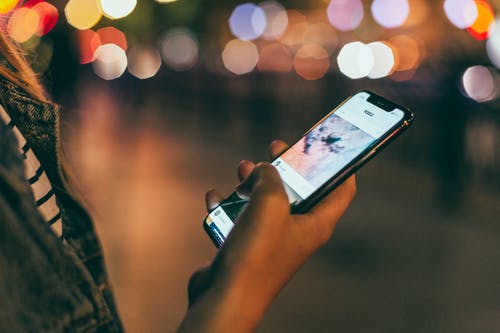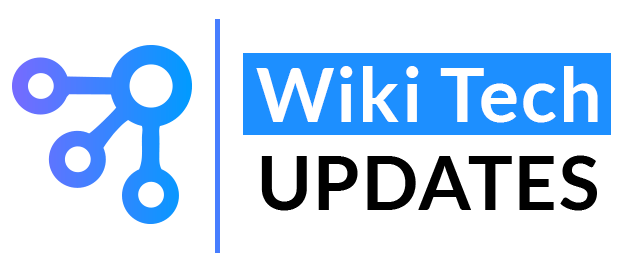5 Apps Developed by College Students

The mobile application market is growing fast as more developers introduce useful applications for users. Students too have joined this digital marketing by using the resources available to them to create valuable applications. Today’s learning generation are lucky to be born into a digital era where they can get academic help with the touch of a button. This frees up their time so that they can focus on their passions.
The number of student app developers is bound to keep rising as technologies advance. All a student needs to learn how to code is reliable internet which is easy to access with their smartphones. Students understand that they are the custodians of tomorrow and they’re doing everything to create a better future for themselves and generations to come.
As more people shift to using smartphones to browse the internet, the mobile application market continues to grow exponentially. Students are developing mobile applications to not only make money but also make a stand, fight social injustices, address environmental conservation issues and promote their cause.
Let’s take a look at the motivation behind these five applications that were developed by students.
Table of Contents
MEANS
The first application on our list is an astounding creation that was founded by a 20-year-old student in their sophomore year at the American University. The application’s official name is MEANS Database and its primary focus is to connect food banks and pantries with organizations and businesses that have surplus food.
It is a food saving notification system that aims to reduce food wastage and provide those in need with meals. As a non-profit application, it is regarded highly because it has bridged a gap that has existed for years.
Uni-Life
The second application we shall discuss was developed by three students in 2017. The Uni-Life app was inspired by the lack of digest of all the events hosted by student associations. It was launched as an Android- and iOS-compatible application that users could access through Google Play and App Store.
Thanks to this application, students can filter which on- and off-campus events correspond with their interests. Students no longer have to go to an event simply because it has been hosted and this has greatly improved their time management.
In addition, the fact that student event organizers posted about upcoming functions, allowed interested students to prepare for events in advance so they can dress appropriately and prepare psychologically to interact with new people.
Water Well Forecasting and Analysis App
This is an award-winning mobile application that has made a great difference to individuals who have trouble accessing water. It is a water well mapping tool that uses machine learning technology to display information about the distribution of water wells across Tanzania.
Locals use this application to forecast the state of nearby wells at any given time so they can prepare for seasons of water shortage. People in charge of maintaining water wells also use this app to determine if it’s safe to go down there.
Chommie
Chommie is another ground-breaking mobile application developed by students who had a vision. It was developed by students from Cape Town who wanted to create a digital personal service marketplace. While the application was designed with students in mind, it’s use is not limited to the student community. The wide range of services and opportunities are tailored to suit an individual’s needs whether they’re a student or not.
EyeCanDo
Last, but definitely not least is an application that can be viewed as a lifeline for individuals suffering from ALS (amyotrophic lateral sclerosis). EyeCanDo took the world by storm, first because it was developed by students and second because no one expected that anyone would ever think up such an innovative application.
The motivation for developing EyeCanDo was to make the lives of people who are terminally ill with ALS more bearable. The students who developed this application used health informatics to create an application that provided an impactful solution for the mobility problems ALS patients struggle with. Their focus was on rare diseases that hardly had any breakthrough treatments and ALS was the perfect candidate.
EyeCanDo was a cost-effective production that aimed to support people with disabilities. The students building this application focused on creating an application that helped ALS patients control applications and appliances in their homes. The front facing camera of their camera follows their eye movements to determine what they need.
Conclusion
Hats off to students whose applications have been mentioned above and any other student who has launched or is in the process of launching an application that can benefit their community. It is refreshing to see students leverage technology for good by standing up for their needs and creating applications that can help those in need. We can’t wait to explore more applications developed by dedicated students who understand the true power of technology.






